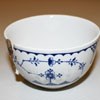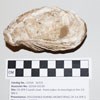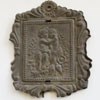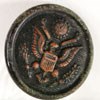
PARC, GGNRA Learning from Artifacts Archeologists carefully study artifacts to learn about past people and their lifestyles, cultures, and beliefs. They study "material culture" which is the term for the objects and things past peoples created and left behind - buildings, tools, house wares, etc. But the artifact alone can't tell them everything. Archeology is about looking at the larger context, the whole picture of how an object was made and used in everyday life. Archeological Collections Alcatraz Tidepool Finds, c. 1982 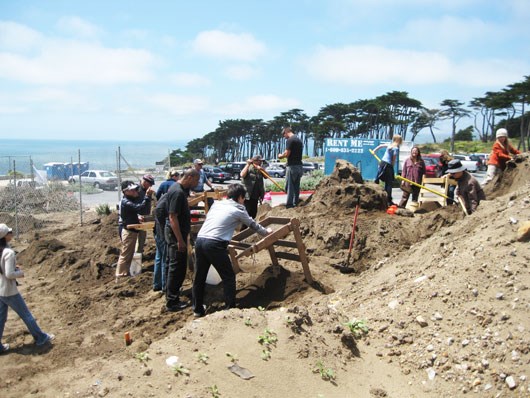
NPS 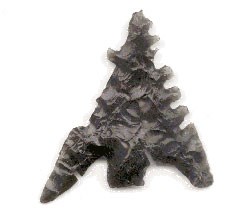
NPS Think like an archeologist! Let's pretend that you are an archeologist and you were working at a historic native American Coast Miwok excavation site near Crissy Field. Great news: you have just uncovered a stone tool!
Please visit the Archeology at Golden Gate page to learn more about how the park manages its archeological resources. |
Last updated: February 28, 2015

